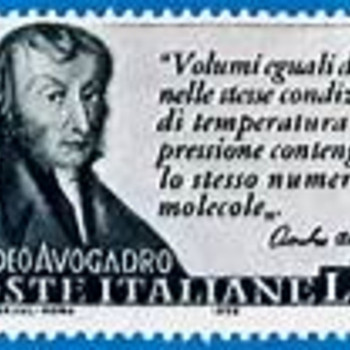A student conducting a calorimetry investigation determines a negative DeltaH. What does the negative value indicate about the reaction?
2 Answers
We don't know. Not unless it is specified what kind of
- If
q_(sol n) is negative, i.e. the heat flow and enthalpy for the solution was exothermic,DeltaH_(rxn) > 0 , so the reaction was endothermic and heat was released from the solution (DeltaT < 0 , solution gets colder). - If
q_(sol n) is positive, i.e. the heat flow and enthalpy for the solution was endothermic,DeltaH_(rxn) < 0 , so the reaction was exothermic and heat was absorbed into the solution (DeltaT > 0 , solution heats up).
A calorimeter experiment in general is when one measures the change in temperature of a system due to a chemical process occurring in (usually) a solution.
I assume you mean a constant-pressure scenario, i.e. a coffee-cup calorimeter open to the atmosphere, as heat flow
 )
)
Upon determining the change in temperature, and knowing the specific heat capacity of the solvent, one could then calculate the heat involved in the process (with respect to the solution):
q_(sol n) = mC_PDeltaT ,where:
m is the mass of the solution in"g" . One can measure the initial solution volume (before the process occurs) and assume a density equal to that of the pure solvent, whatever it may be. That allows for the determination of this mass.C_P is the specific heat capacity at CONSTANT PRESSURE. For water at ordinary temperatures, it is about"4.184 J/g"^@ "C" .DeltaT = T_2 - T_1 is the change in temperature in""^@ "C" (becauseC_P used""^@ "C" ), sign included.
Note that
If you wish to know the molar enthalpy of reaction,
q_(rxn) + q_(sol n) = 0
Thus,
color(blue)(DeltabarH_(rxn) = -q_(sol n)/(n_"object")) where
n_"object" is the mols of whatever you put into the solution, whether it was a solute, or the limiting reactant of a chemical reaction.
Thus...
- If
q_(sol n) is negative, i.e. the heat flow and enthalpy for the solution was exothermic,DeltaH_(rxn) > 0 , so the reaction was endothermic and heat was released from the solution (DeltaT < 0 , solution gets colder). - If
q_(sol n) is positive, i.e. the heat flow and enthalpy for the solution was endothermic,DeltaH_(rxn) < 0 , so the reaction was exothermic and heat was absorbed into the solution (DeltaT > 0 , solution heats up).
That the reaction was
Explanation:
By convention we report an enthalpy change that RELEASES energy as negative. To give an actual example, we know that when we burn methane we produce heat, which we use to cook our breakfast or warm our homes........i.e.
We can certainly measure and report the


